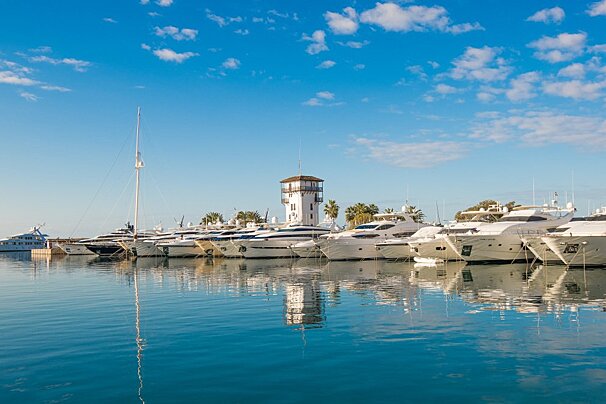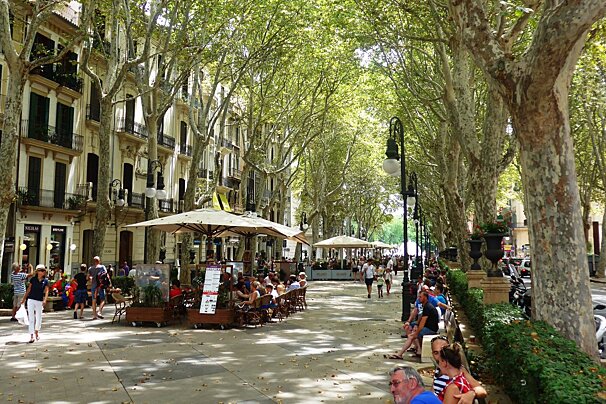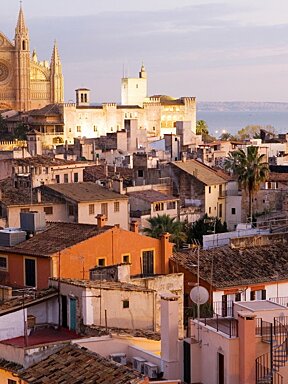
© consorcioplayadepalma.es
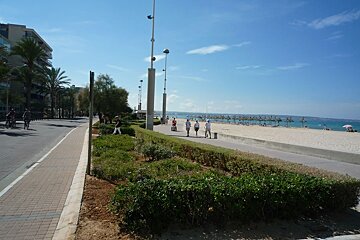
© seemallorca.com
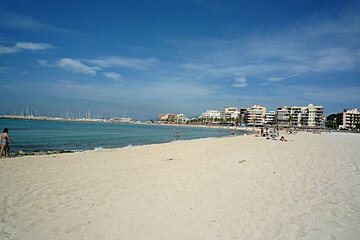
© seemallorca.com
Playa de Palma regeneration plans unveiled
The Consorci Platja Plama action plan for the regeneration of Palma Beach was unveiled on Monday, after receiving approval from the Governing Board of the Consortium Platja de Palma last Friday.
The focus of the plan lies in the area from Can Pastilla through S’Arenal to Cala Blava. The plan suggests that between 40 and 60% of current hotel beds will be eradicated, and replaced with more upscale hotels that will attract a more discerning tourist.
For many years, Palma Beach was a highly successful destination because of its ability to offer good value holidays. It currently has 40,000 hotel beds and accommodates more than 1.6 million visitors a year. However, the Consortium say that due to lack of investment, the region has deteriorated and many of the hotel rooms are old and second-rate. The trend for more sophisticated tourism in the future means that new destinations must be able to offer better quality combined with good value. The Consortium has therefore developed a strategic plan to return sustainable prosperity to Palma Beach, and at the same time make the area a ‘flagship’ tourist destination for other Spanish resorts to emulate.
In addition to the transformation of the area for tourism purposes, the plan also includes a strategy to improve the urban area for residents. Palma Beach will become an area in which to enjoy many different experiences, using refurbished public spaces which are connected to each other and to the beach and promenade, with modern and efficient transport systems. Shopping and entertainment centres, a wellness centre, sports centre, museums, and a centre celebrating the culture and heritage of the Mediterranean.
There will be an emphasis on an eco-friendly regeneration of the area, with the aim of converting Play de Palma into a zero carbon emissions zone. In addition, there will be a commitment to improve the water distribution system, with the aim of improving quality, reducing consumption and returning it the natural environment with minimal energy costs. Measures to reduce local noise, and ensuring noise from the airport is kept below the legal limits will also be introduced.
The ambitious plans are available for public comment until September. There has been some criticism from the Hotel Association of Playa de Palma who say that the plans lack detail, with little information on funding, public transport routes, and the regeneration of residents housing. Nearly €4 billion is required for the project, with 35% of the funding coming from the public sector. It is envisaged that the project will take 20 years to complete, with the initial phase starting in September 2010.
The Town Planning Consortium for the improvement and landscaping of Palma Beach was set up in 2005 with the aim of promoting the refurbishment of hotels, complementary tourism services and the area in general.













